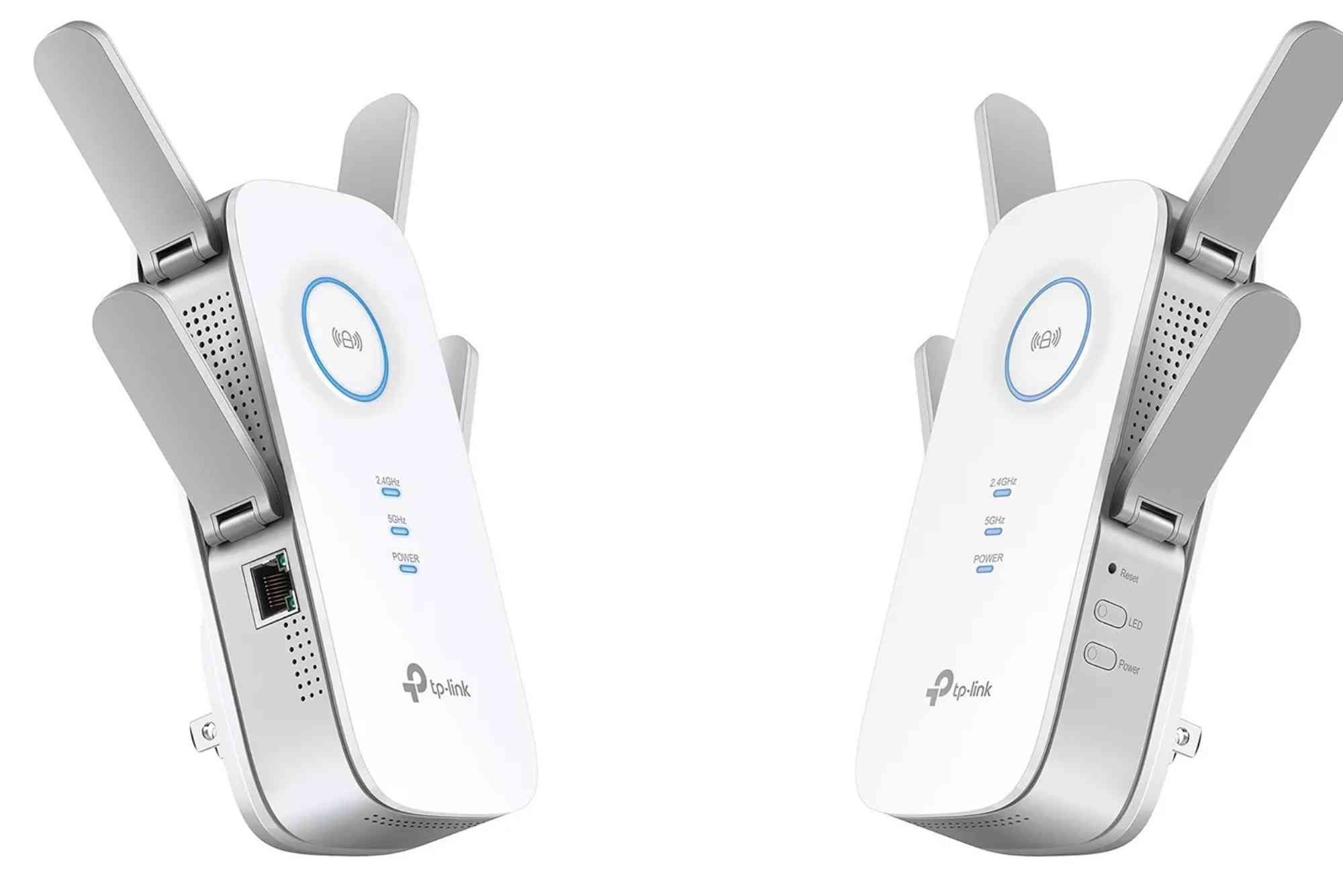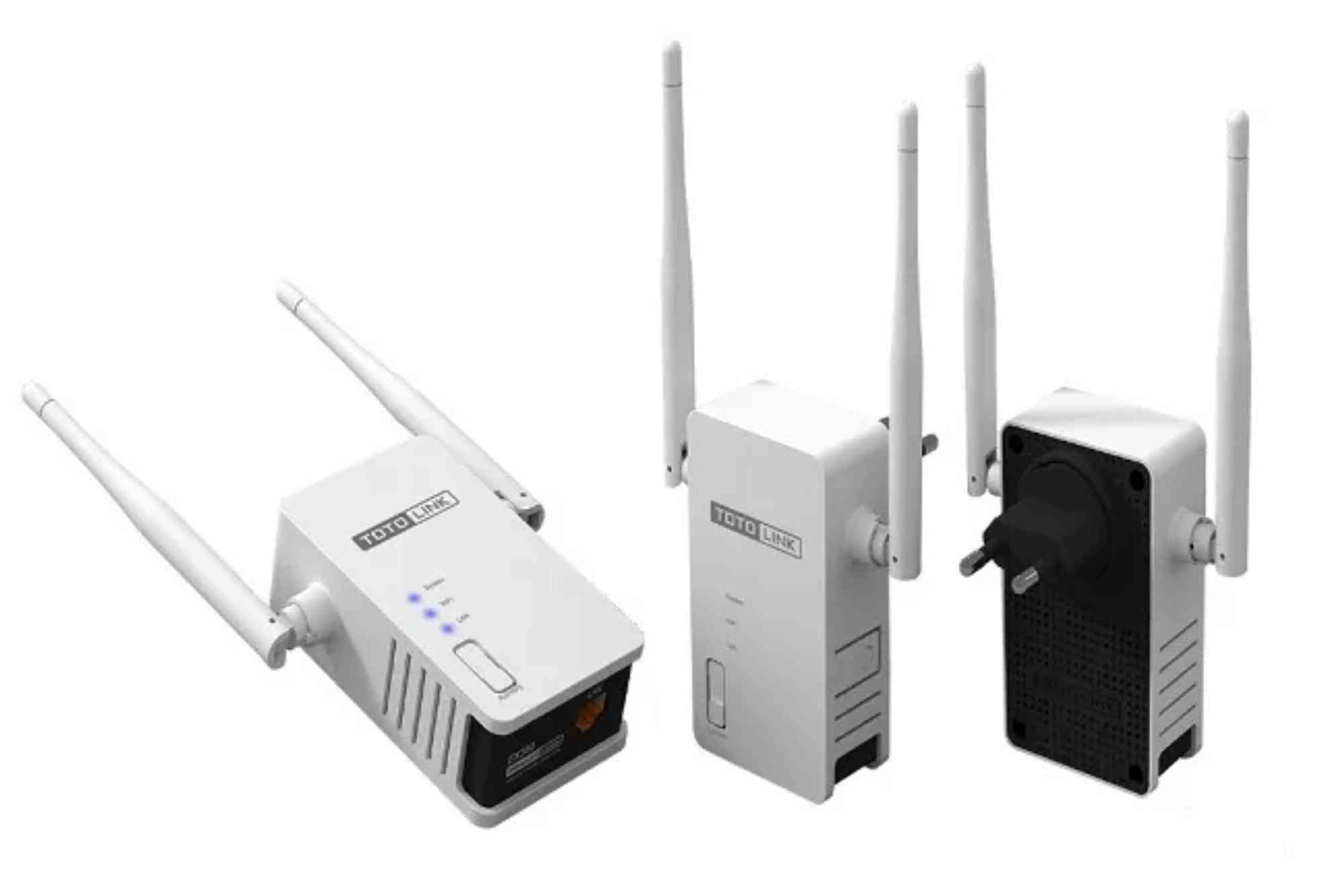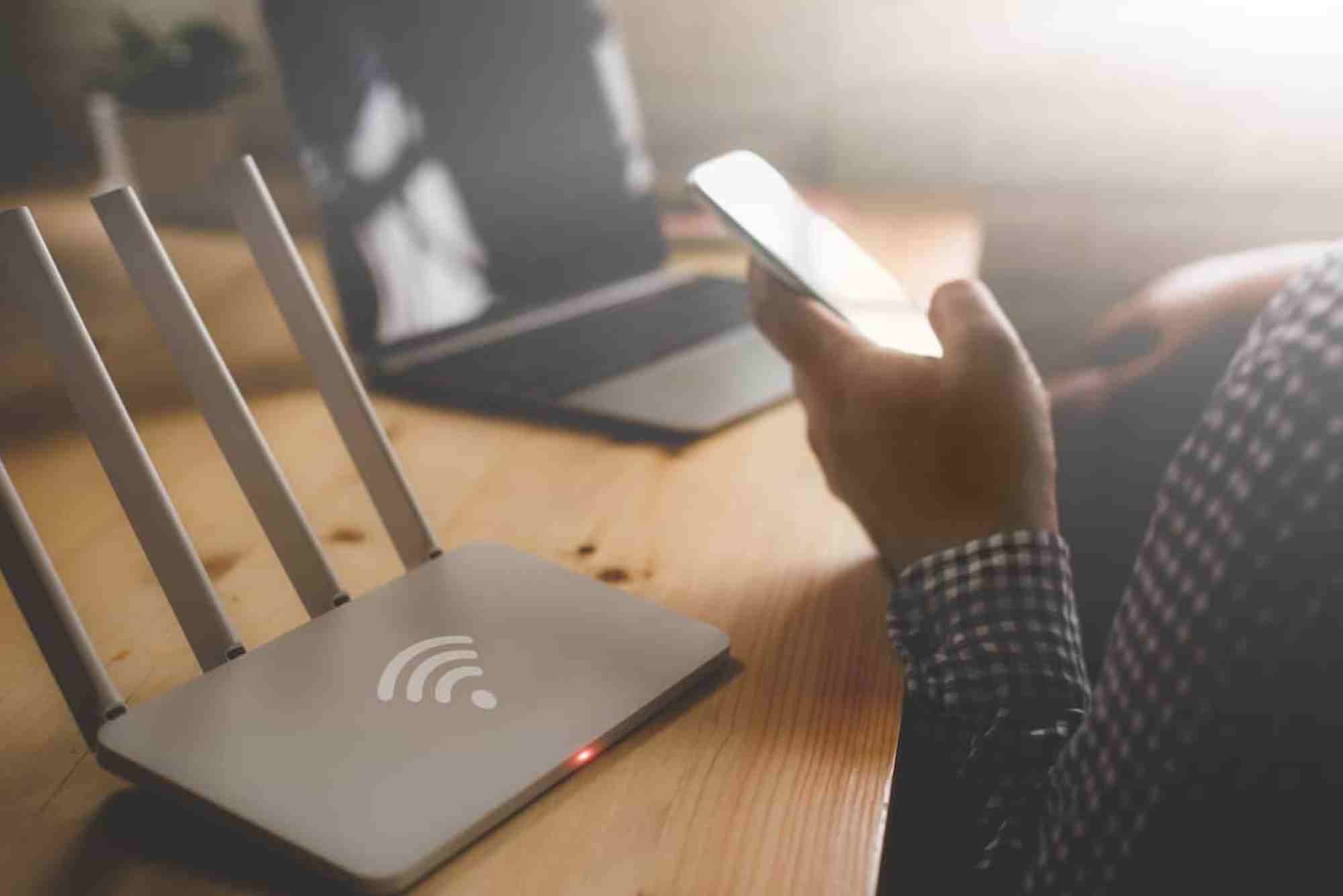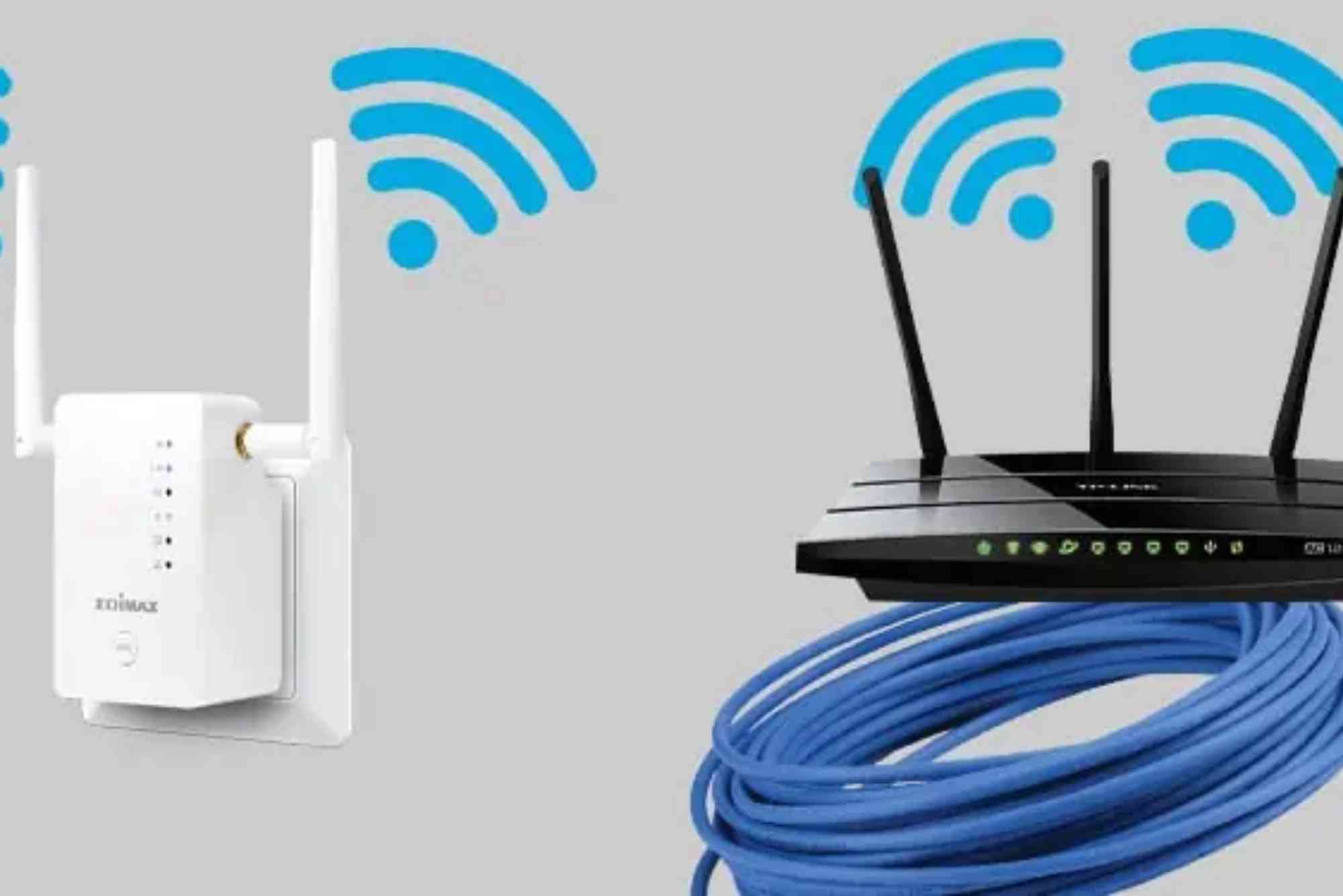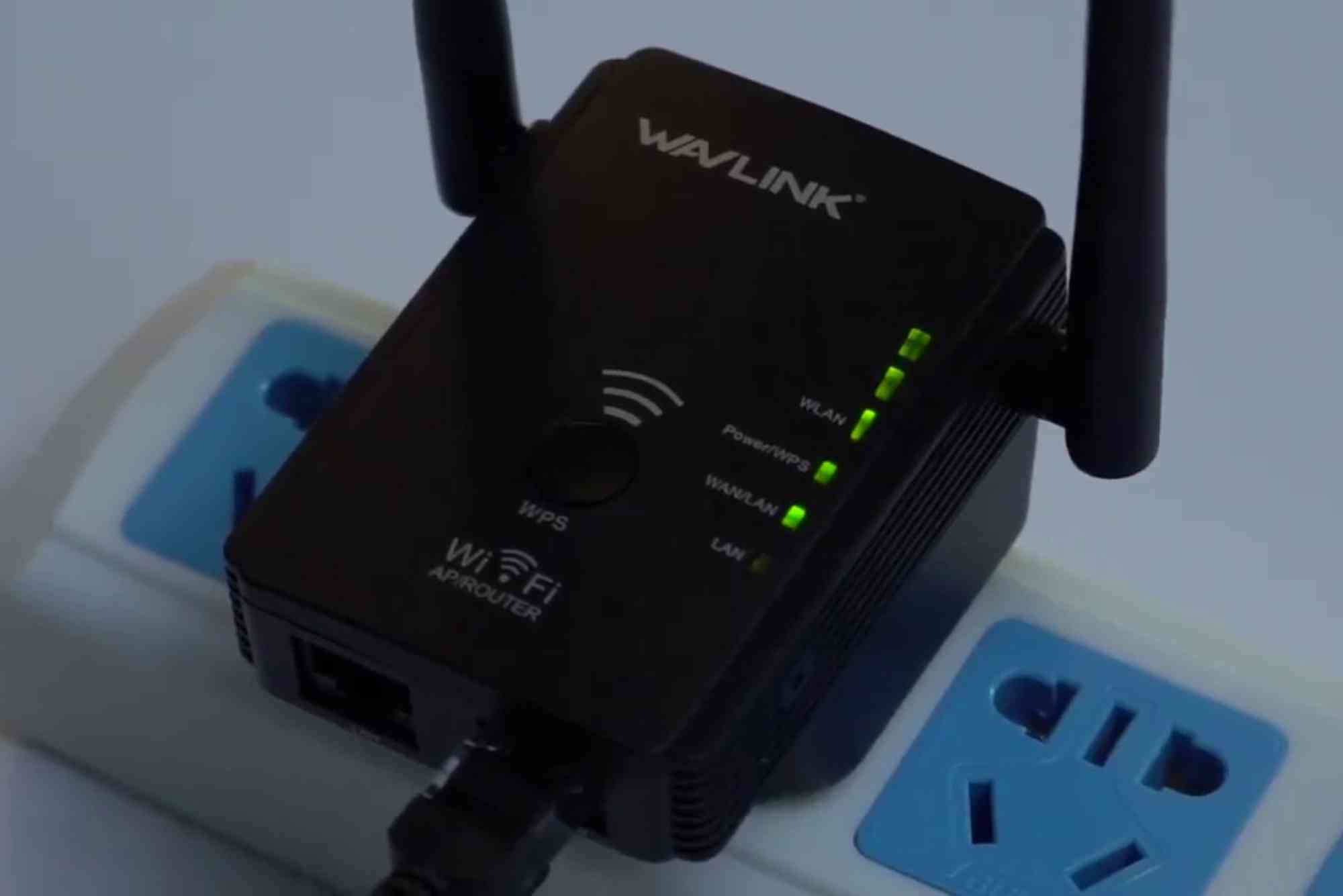How to Change Wi-Fi Channel on Your Router to Improve Speed
Staying connected online is a necessity, whether it’s for work, streaming, or gaming. But slow internet can be frustrating, especially when your Wi-Fi speed drops for no clear reason. One common culprit is wireless interference caused by overlapping channels. The good news is that you can fix this by learning how to change Wi-Fi channel on router. With a few simple adjustments, you can reduce interference, improve speed, and enjoy smoother browsing.
Why Wi-Fi Channels Matter
Wi-Fi works by transmitting data over radio frequencies. Just like radio stations, these frequencies are divided into channels. If too many devices or networks use the same channel, it creates interference, which slows your connection.
On the 2.4 GHz band, there are 14 channels, but only three (1, 6, and 11) are non-overlapping. On the 5 GHz band, there are many more channels, meaning less interference and better performance. Choosing the right channel can make a big difference, especially in crowded neighborhoods or apartment complexes.
Signs You Need to Change Your Wi-Fi Channel
Sometimes slow Wi-Fi isn’t about your internet provider—it’s about interference. Here are signs that suggest a channel change might help:
-
Slow speeds even when few devices are connected.
-
Wi-Fi drops in certain parts of your home.
-
Buffering during streaming or video calls.
-
Neighbors’ Wi-Fi networks showing up stronger than yours.
-
Frequent disconnections without clear reason.
If you experience any of these, it’s worth exploring how to change Wi-Fi channel on router.
How to Change Wi-Fi Channel on Router
Changing your Wi-Fi channel might sound technical, but it’s actually quite simple. Here’s how to do it step by step.
Log in to Your Router
Connect your computer or phone to your Wi-Fi.
Open a browser and type your router’s IP address. Common ones are 192.168.1.1 or 192.168.0.1.
Enter your login credentials. These are usually found on a sticker on the router.
Find the Wireless Settings
Once inside your router’s admin panel, look for options like Wireless Settings, Wireless Setup, or Wi-Fi Settings. Different brands use different names, but they all serve the same purpose.
Select the Right Band
Your router may support two bands: 2.4 GHz and 5 GHz. Each has its own channel settings. The 2.4 GHz band covers longer distances but is more prone to interference. The 5 GHz band is faster but works best over shorter ranges.
Choose a Channel
-
For 2.4 GHz, pick channel 1, 6, or 11. These don’t overlap and usually give the best performance.
-
For 5 GHz, you have more flexibility, with many non-overlapping channels available.
Save and Restart
After choosing your channel, save the settings and restart your router. Your devices should reconnect automatically.
How to Find the Best Wi-Fi Channel
Picking a channel randomly isn’t always the best idea. To truly improve speed, you need to find the least congested channel in your area.
Use Built-in Tools
Some routers automatically suggest the best channel. Look for a setting like Auto Channel Selection. This allows the router to pick the least crowded option for you.
Use Wi-Fi Analyzer Apps
If your router doesn’t offer auto-selection, you can use apps like:
-
Wi-Fi Analyzer (for Android)
-
NetSpot (for Windows/Mac)
-
AirPort Utility (for iOS)
These tools scan nearby networks and show which channels are crowded. You can then choose a less congested one for your Wi-Fi.
Benefits of Changing Your Wi-Fi Channel
Learning how to change Wi-Fi channel on router comes with several advantages:
-
Faster Speeds: Less interference means quicker downloads and smoother streaming.
-
Better Stability: Fewer drops and disconnections.
-
Improved Coverage: Stronger signal in different parts of your home.
-
Enhanced Gaming & Streaming: Lower latency and less buffering.
This small adjustment can give your home network a noticeable boost.
Common Mistakes to Avoid
When changing Wi-Fi channels, avoid these pitfalls:
-
Forgetting to Save Settings: Always click save before exiting.
-
Picking Overlapping Channels: Avoid channels other than 1, 6, or 11 on 2.4 GHz.
-
Ignoring Device Compatibility: Some older devices may only support 2.4 GHz.
-
Not Restarting Router: Restarting ensures the new settings take effect.
By steering clear of these mistakes, your changes will have maximum impact.
Alternatives to Changing Channels
Sometimes, interference isn’t the only reason for poor Wi-Fi. If changing channels doesn’t solve your issue, consider these alternatives:
-
Upgrade Your Router: Old routers often can’t handle modern speeds.
-
Use Mesh Wi-Fi: Covers large homes with multiple access points.
-
Position Router Correctly: Place it centrally, away from walls and appliances.
-
Check Your ISP Plan: Sometimes, the issue lies with limited bandwidth.
For reliable services, providers like Dhanote Internet Services can deliver strong connections that complement these tweaks.
Slow internet can ruin your productivity and entertainment. Luckily, knowing how to change Wi-Fi channel on router gives you a simple, free way to boost performance. By choosing the right channel, using analyzer tools, and avoiding common mistakes, you can enjoy smoother browsing, better streaming, and more reliable connections.
If you’ve tried everything and still face speed issues, it might be time to upgrade your plan or switch to a more reliable provider. Check out Dhanote Internet Services for fast and stable connections that pair perfectly with optimized router settings.
FAQs
What happens if I change my Wi-Fi channel?
Changing your Wi-Fi channel can reduce interference from other networks, improving speed and stability.
Which Wi-Fi channel is the best for 2.4 GHz?
The best channels are 1, 6, and 11 because they don’t overlap.
Should I leave my Wi-Fi channel on auto?
Auto mode can work well, but sometimes manually picking a less crowded channel is better.
Will changing my Wi-Fi channel affect all devices?
Yes. Once you change the channel, all devices will automatically reconnect to the new one.
Can changing the channel increase internet speed?
Yes, if your current channel is crowded, switching can noticeably improve speed.

